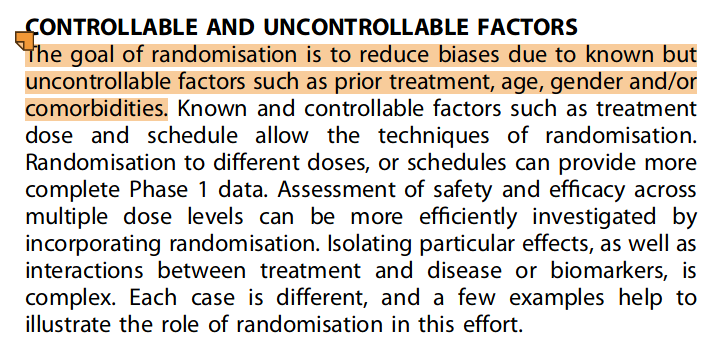I agree about the George Cobb paper linked above- he was a great communicator. He provides a “big picture” view of frequentist inference and explains how and why stats came to be taught the way it has been for so many years. I sure wish that someone had presented this perspective back in 1990 as I suffered through an eye-wateringly confusing undergraduate stats course…
A few excerpts that stood out for me:
“My thesis is that both the content and the structure of our introductory curriculum are shaped by old history. What we teach was developed a little at a time, for reasons that had a lot to do with the need to use available theory to handle problems that were essentially computational… Intellectually, we are asking our students to do the equivalent of working with one of those old 30-pound Burroughs electric calculators with the rows of little wheels that clicked and spun as they churned out sums of squares.
Now that we have computers, I think a large chunk of what is in the introductory statistics course should go… Our curriculum is needlessly complicated because we put the normal distribution, as an approximate sampling distribution for the mean, at the center of our curriculum, instead of putting the core logic of inference at the center…”
“… First, consider obfuscation. A huge chunk of the introductory course, at least a third, and often much more, is devoted to teaching the students sampling distributions…Why is this bad? It all depends on your goal. The sampling distribution is an important idea, as is the fact that the distribution of the mean converges to a normal. Both have their place in the curriculum. But if your goal is to teach the logic of inference in a first statistics course, the current treatment of these topics is an intellectual albatross…”
“…There’s a vital logical connection between randomized data production and inference, but it gets smothered by the heavy, sopping wet blanket of normal-based approximations to sampling distributions…”
“…We may be living in the early twenty-first century, but our curriculum is still preparing students for applied work typical of the first half of the twentieth century…”
“…What I have trouble getting down my persnickety throat is the use of the sampling model for data from randomized experiments. Do we want students to think that as long as there’s any sort of randomization, that’s all that matters? Do we want them to think that if you choose a random sample but don’t randomize the assignment of treatments, it is still valid to conclude that the treatment caused the observed differences? Do we want them to think that because the assignment of treatments was randomized, then they are entitled to regard the seven patients in the example as representative of all patients, regardless of age or whether their operation was a tonsillectomy or a liver transplant? Do we want students to leave their brains behind and pretend, as we ourselves apparently pretend, that choosing at random from a large normal population is a good model for randomly assigning treatments?..”
“… I’ve become convinced that a huge chunk of statistical theory was developed in order to compute things, or approximate things, that were otherwise out of reach. Until very recently, we had no choice but to rely on analytic methods. The computer has offered to free us and our students from that, but our curriculum is at best in the early stages of accepting the offer…”
“…We need a new curriculum, centered not on the normal distribution, but on the logic of inference. When Copernicus threw away the old notion that the earth was at the center of the universe, and replaced it with a system that put the sun at the center, his revolution brought to power a much simpler intellectual regime. We need to throw away the old notion that the normal approximation to a sampling distribution belongs at the center of our curriculum, and create a new curriculum whose center is the core logic of inference.
What is that core logic? I like to think of it as three Rs: randomize, repeat, reject. Randomize data production; repeat by simulation to see what’s typical and what’s not; reject any model that puts your data in its tail.
*The three Rs of inference: randomize, repeat, reject
1. Randomize data production
• To protect against bias
• To provide a basis for inference
- random samples let you generalize to populations
- random assignment supports conclusions about cause and effect
2. Repeat by simulation to see what’s typical
• Randomized data production lets you re-randomize, over and over, to see which outcomes are typical, which are not.
3. Reject any model that puts your data in its tail…”
